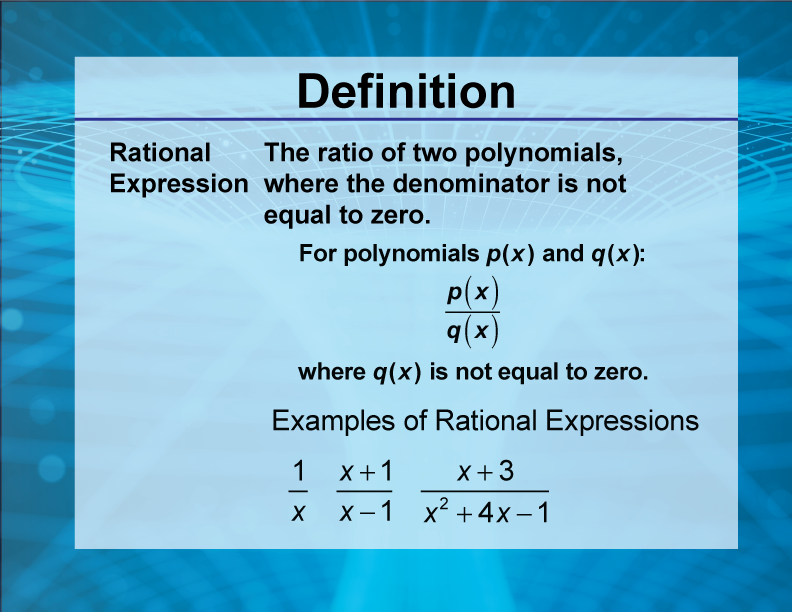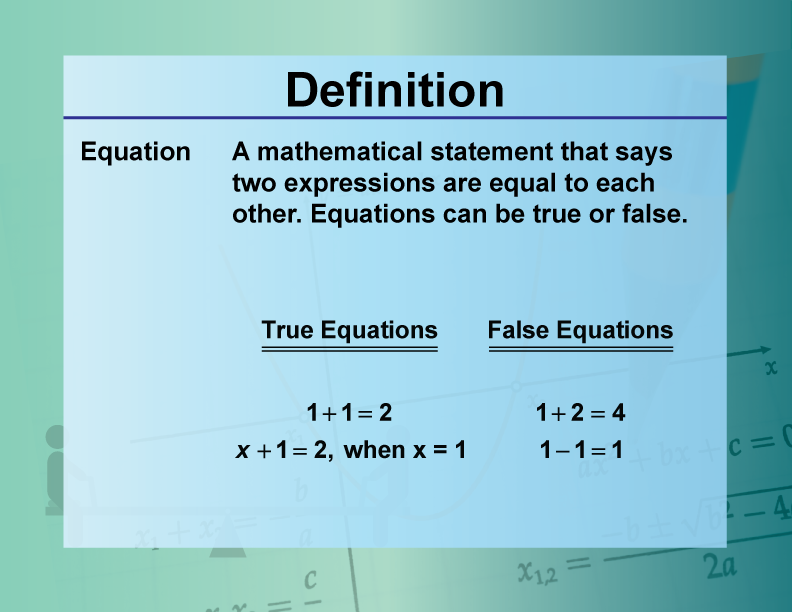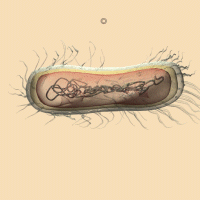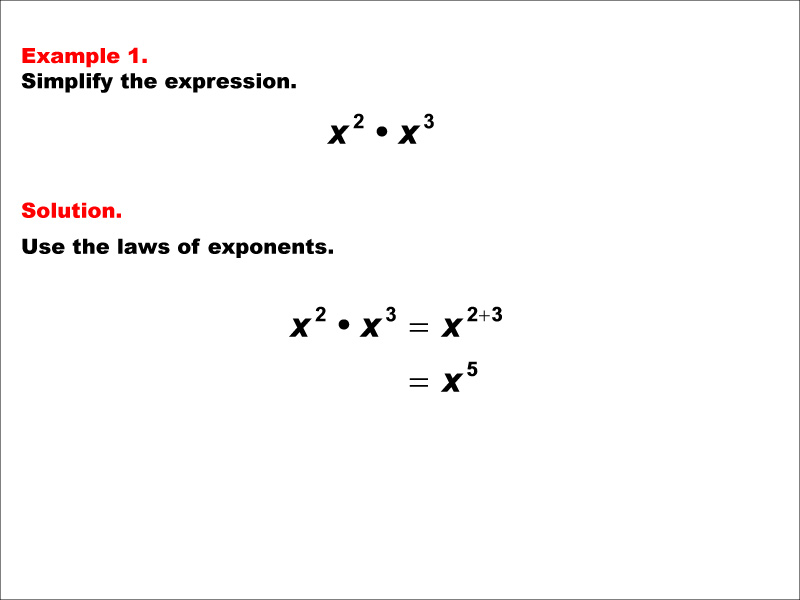Math Video Definitions Collection: Polynomials
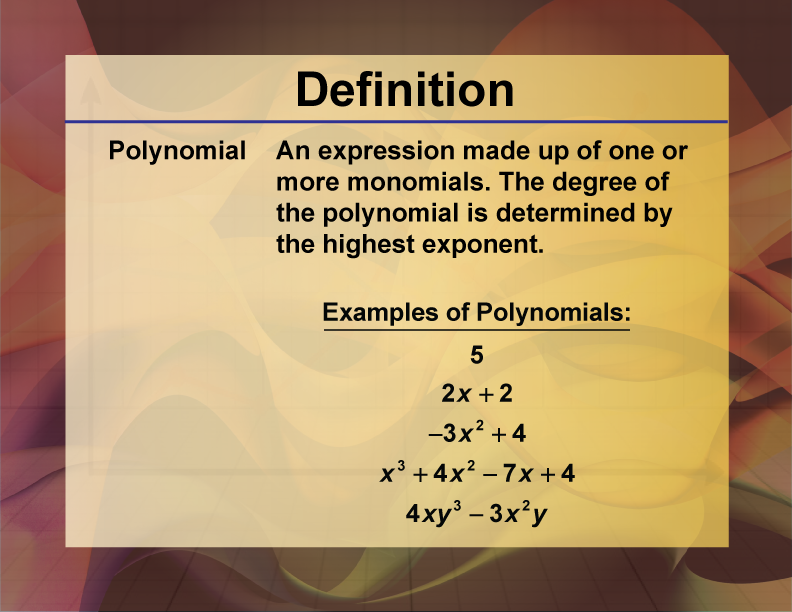 |
OverviewThis collection aggregates all the video definitions around the topic of Polynomial terms and vocabulary. There are a total of 34 videos. This collection of resources is made up of downloadable MP4 files that you can easily incorporate into a presentation.
|
